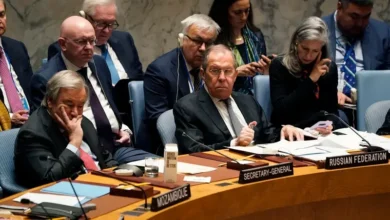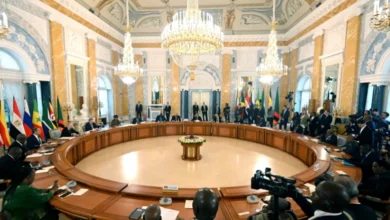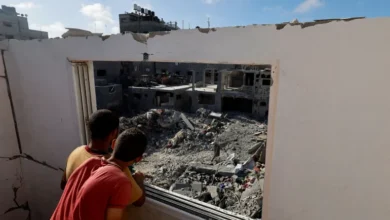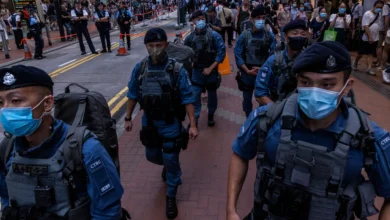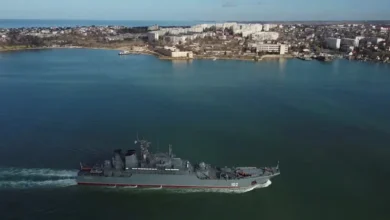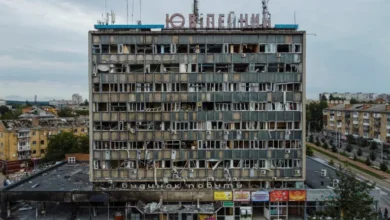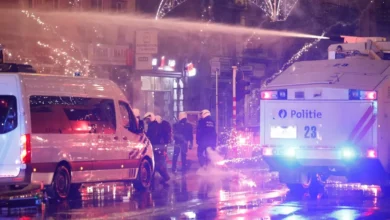Sudan ‘resistance’ activists mobilise as crisis escalates
When conflict erupted in Sudan on April 15, activists from hundreds of neighbourhoods mobilised to establish committees of medics, nurses and engineers across the country.
Their tasks varied from providing shelter to the displaced, rehabilitating hospitals and saving lives amid shelling, gunfire and bombing.The efforts came from Sudan’s “resistance committees”, neighbourhood groups that have spearheaded Sudan’s pro-democracy movement since 2019.
“Every coordination committee did a scan of working hospitals. Even the hospitals that were not working before the war, we made them operate by bringing doctors, fuel and [getting them] electricity,” said Ahmed Ismat, the spokesperson for one of the groups from south Khartoum, the capital.
“What we lack right now is supplies – from drugs to first aid kits, to gauze. Every neighbourhood lacks these things,” he added.
Since a violent power struggle exploded into an armed conflict between the army and the paramilitary Rapid Support Forces (RSF), at least 413 people have been killed, according to the World Health Organization (WHO).
The violence has prompted aid groups to suspend operations, yet resistance committees have worked to fill the void by mobilising informal networks that were once used to organise anti-government protests.
Beyond medical care, they have coordinated evacuations for besieged civilians and spread anti-war messaging and their efforts have boosted their support among the population, according to analysts.
“The resistance committees maintain their legitimacy because they do something differently than political elites in this country and that is service provision. They have always centred all their political work around service and they are doing that much more now during the war,” said Kholood Khair, founding director of Confluence Advisory, a think tank in Khartoum.Evacuating civilians
Fighting has rocked the urban quarters of Khartoum, putting many civilians in a dilemma. Over social media, hundreds of people say it is too unsafe to leave their homes to seek refuge elsewhere, yet staying put is also impossible due to shortages of water, food and electricity.Still, those desperate to move are relying on resistance committees to procure fuel for cars and motorbikes, said Zuhair al-Dalee, a member of a resistance committee in the district of East Nile Khartoum.“There is an area in our neighbourhood next to the clashes, but there is no gas [to rescue people]. We had to buy it from the black market in order to take residents to safer areas. [The committees] are working in unity. People are donating to us to buy food for children and to do everything necessary to help people,” he told Al Jazeera.
A number of WhatsApp groups – as well as social media pages and hashtags – have also been created to coordinate the humanitarian response.
Many use the hashtag #NotoWar. and publish updated information about which roads and side streets are safe to escape heavy clashes.
In the first couple of days of the conflict, these pages informed families to head southwards to Gezira state, an area that is relatively distant from the ongoing clashes. Later, resistance committees from the city of Madani warned people not to travel down the Khartoum-Madani road after clashes suddenly broke out there.
“Neighbourhood resistance committees have these coordination mechanisms that they use to cooperate with each other, allowing them to exchange information and keep our social protection network alive to support civilians,” Hamid Murtada, a Sudanese analyst and member of a resistance committee, told Al Jazeera from his home in Khartoum.

